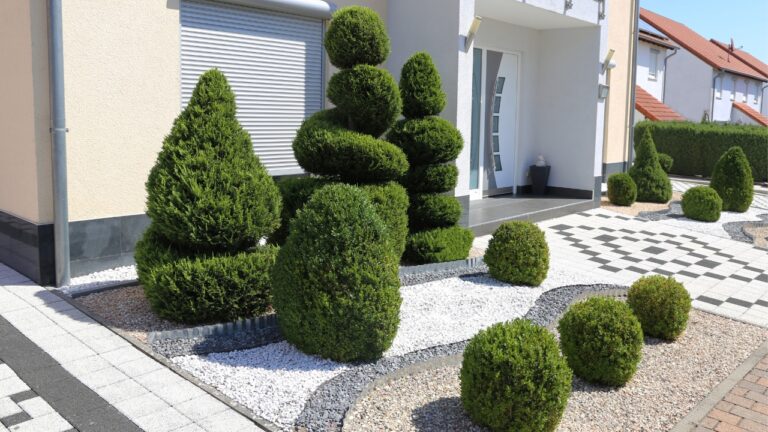11 Mistakes That Make Even a Good Mower Cut Badly
You can have a great mower and still get bad results if your setup or habits are off. A lot of people blame the equipment when the real problem is something small that’s easy to fix.
If your mower’s leaving uneven patches, tearing grass, or skipping spots, there’s a good chance one of these is the reason.
Your Mower Deck Isn’t Level

Even with good tire pressure, the deck itself can get knocked out of alignment. If one side is lower than the other, your mower will leave uneven rows and scalp one side of the yard.
You can usually check the deck height by measuring from the ground to the blade on both sides. If it’s off, follow the manufacturer’s instructions to level it back out. It’s a quick fix that makes a noticeable difference.
You’re Using the Wrong Blade for Your Lawn Type

Not all mower blades are the same. A standard blade works fine for most yards, but if you’re dealing with thick grass, leaves, or mulching, you might need a different type.
Mulching blades or high-lift blades handle clippings and airflow differently. If your cut looks rough or you’re dealing with clumping even when everything else seems fine, it could be the blade style that’s holding you back.
You’re Ignoring Buildup on the Underside of the Blades
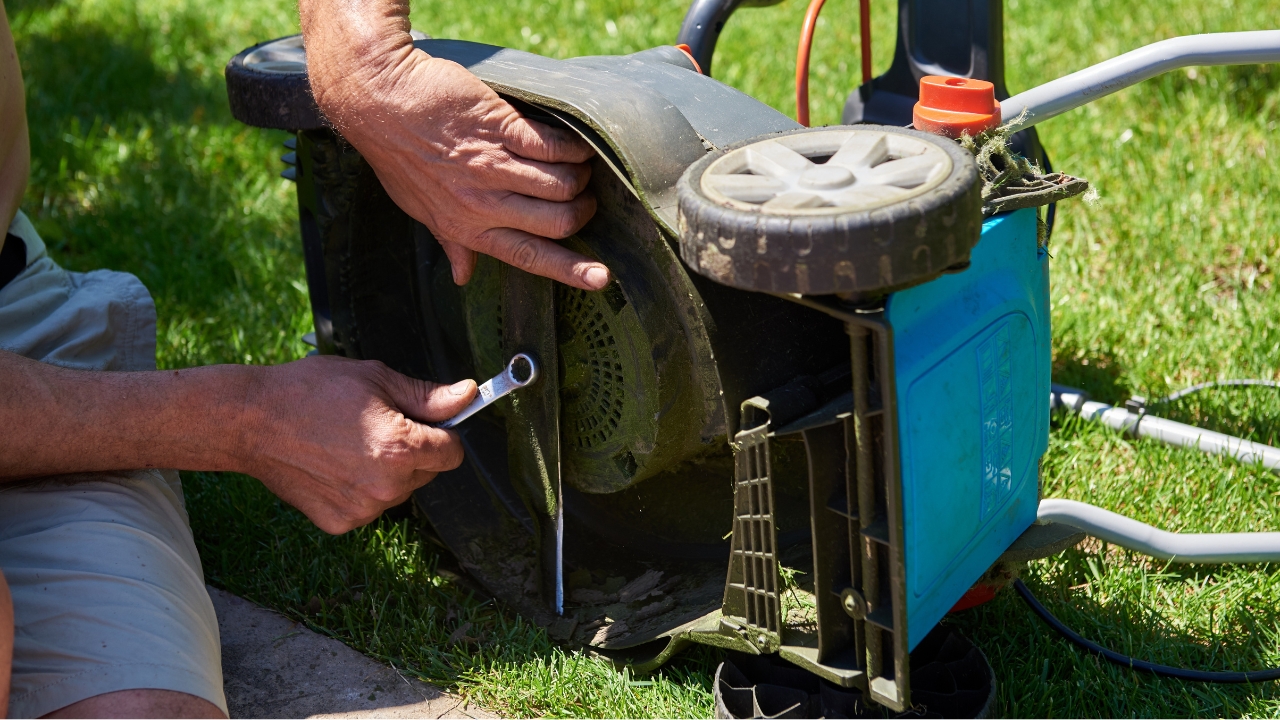
Even if the deck is clean, grime can stick to the blades themselves. That can dull them faster or throw off the balance, which leads to vibration and uneven cuts.
Give your blades a quick inspection every few mows. If they’re caked in gunk, scrape them clean. You’ll get a cleaner cut and help the blade last longer between sharpenings.
Your Blades Are Dull

A dull blade doesn’t cut—it rips. That’s why your lawn ends up looking shredded instead of clean. It also makes the mower work harder and can stress your grass enough to cause brown tips.
Sharpening your blades regularly makes a bigger difference than most people realize. Aim for once a season at minimum, and more often if you mow a lot or hit debris. It’ll give you a cleaner cut and help your grass stay healthier.
The Deck Is Too Low

If your mower deck is set too low, you’re scalping the lawn without meaning to. That leads to brown patches, uneven cuts, and invites weeds to take over. It also forces your mower to work overtime.
Adjust your height depending on your grass type and the season. Taller grass shades the roots better, holds moisture longer, and helps the yard look more even after mowing. Going higher also gives you a little more wiggle room if your yard isn’t perfectly level.
You’re Mowing Too Fast

Speeding through the yard doesn’t save time if it means the cut looks rough and uneven. Your blades need time to do their job, especially if the grass is thick or a little damp.
If you’re seeing uneven rows or patches that look barely touched, slow it down a bit. Mowing at a steady, controlled pace gives you better results and actually helps you finish faster in the long run because you don’t have to go back and clean up missed spots.
Your Tire Pressure Is Off
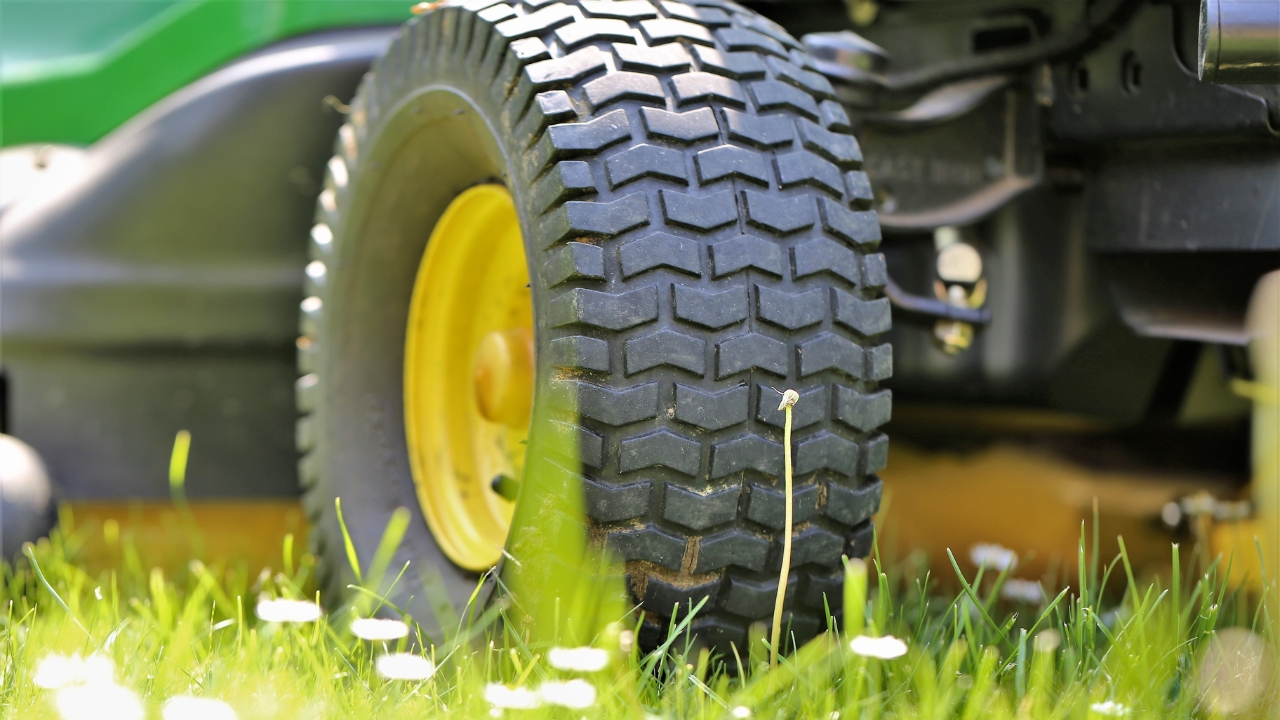
Most people don’t think about tire pressure, but it absolutely affects how evenly your mower cuts. If one tire’s low, the deck sits crooked, and that leads to a lopsided mow.
Check your tire pressure every few weeks and keep it even all the way around. It doesn’t take long and helps your mower stay level, which keeps your cuts consistent across the whole yard.
You Wait Too Long Between Mows
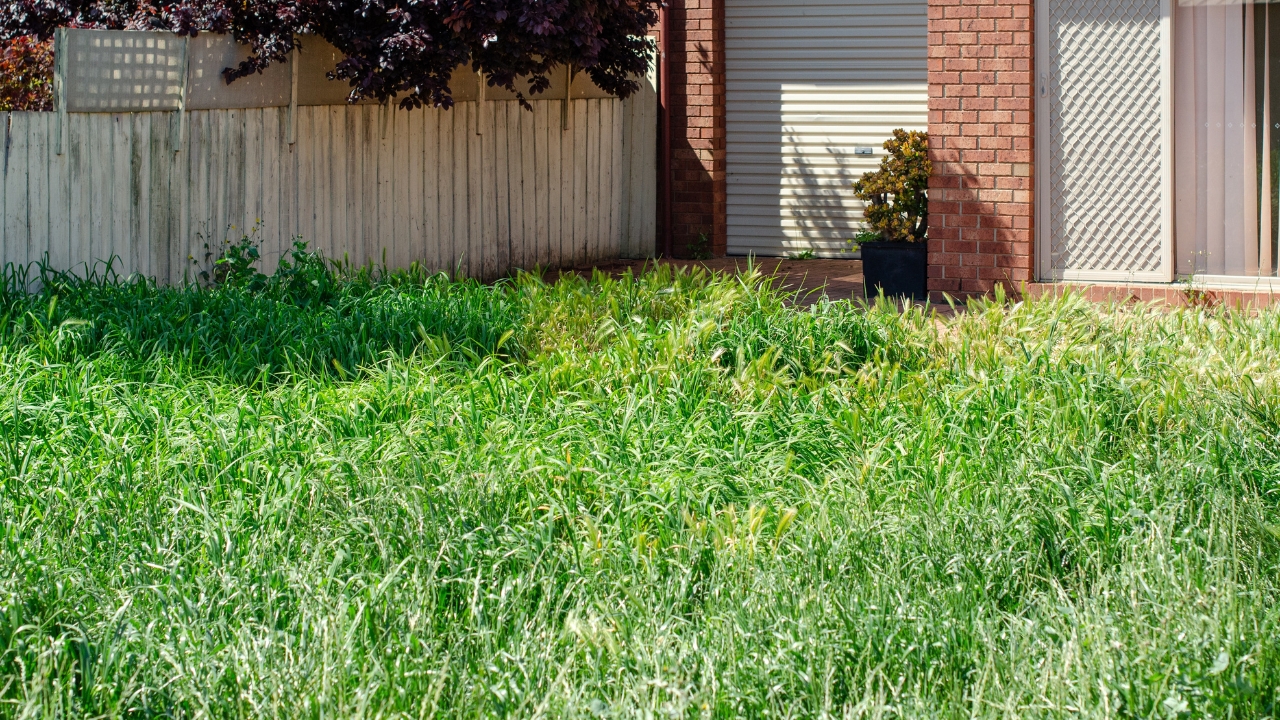
Letting grass get too long before mowing forces the blades to work harder and clogs up the deck fast. It also means you’re probably taking off more than a third of the grass height, which stresses the lawn.
Try to mow more frequently during the growing season. Sticking to a regular schedule keeps the cut looking cleaner and helps your mower keep up without struggling.
You’re Mowing Wet Grass

Wet grass bends instead of standing tall, so your blades glide right over it instead of slicing through. That leads to missed spots and a splotchy-looking yard.
Wait until the yard dries out, even if it means putting mowing off a few hours. Dry grass stands better, cuts cleaner, and doesn’t clump or cake under the deck the same way.
Your Blades Are Installed Backwards
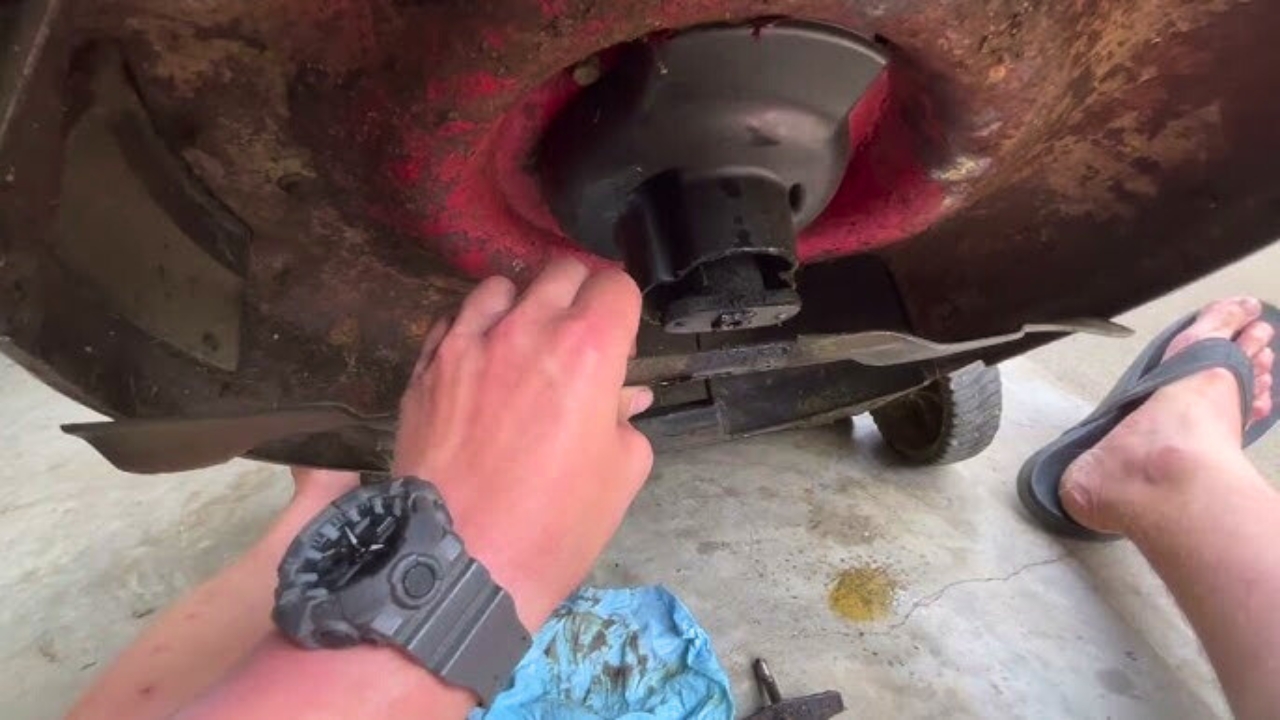
It sounds like a rookie mistake, but it happens more often than you’d think—especially after blade replacements. If the blades are upside down, they won’t cut. They’ll bruise and shred instead.
Double-check that your blades are facing the right way every time you reinstall them. There’s usually a label or a shape indicator that shows which side should face down. A five-second check saves your whole lawn from looking rough.
You’re Skipping Maintenance
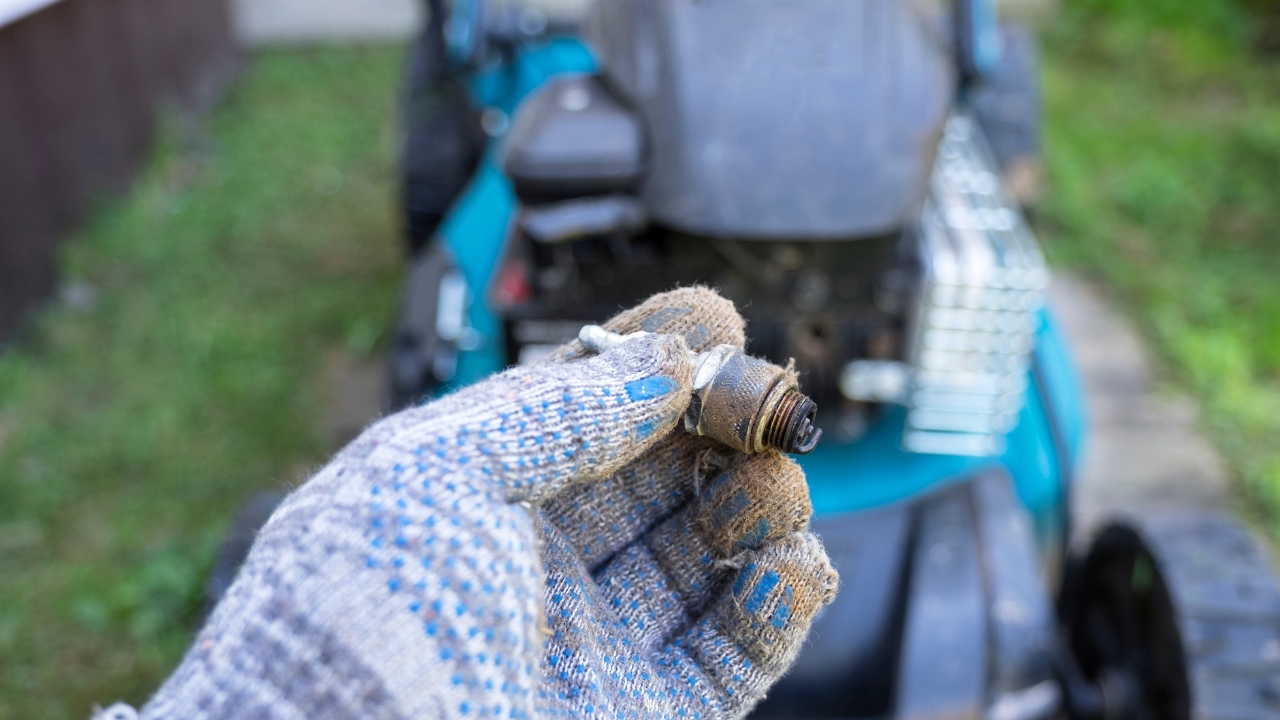
Old spark plugs, clogged air filters, or low oil levels can all mess with your mower’s power and cutting consistency. If the engine’s not running strong, the blades won’t either.
Stay on top of regular maintenance. It doesn’t have to be complicated—swap filters, check the oil, and replace worn parts when they need it. A little upkeep keeps even a budget mower cutting clean all season long.
*This article was developed with AI-powered tools and has been carefully reviewed by our editors.





